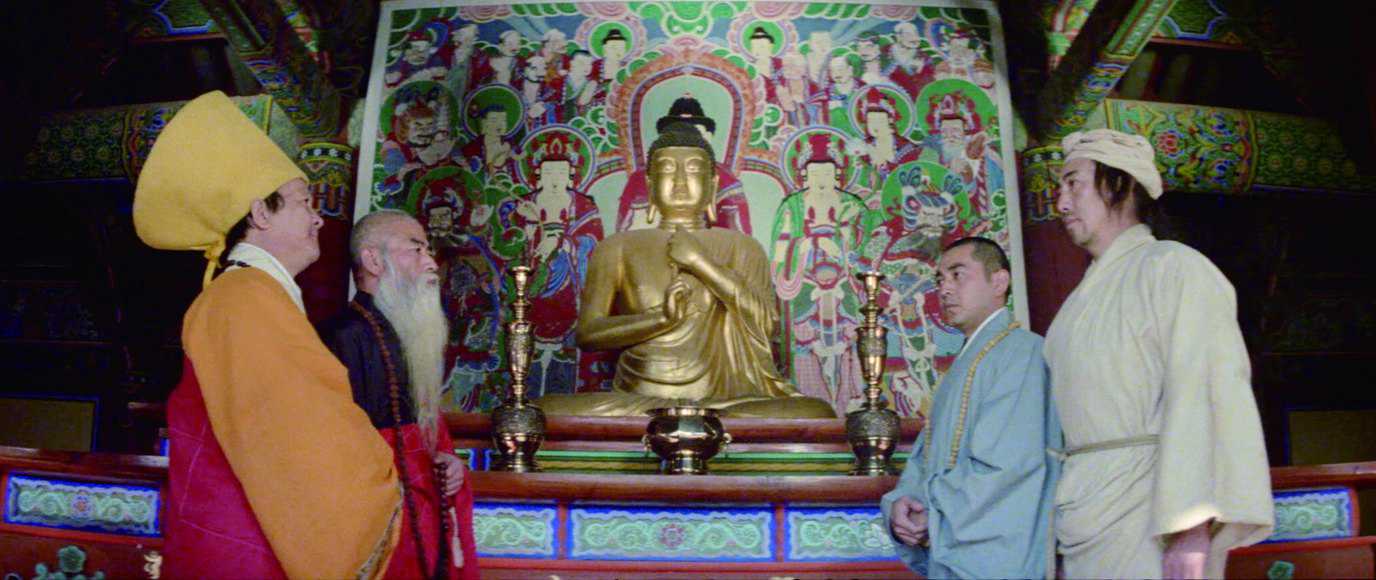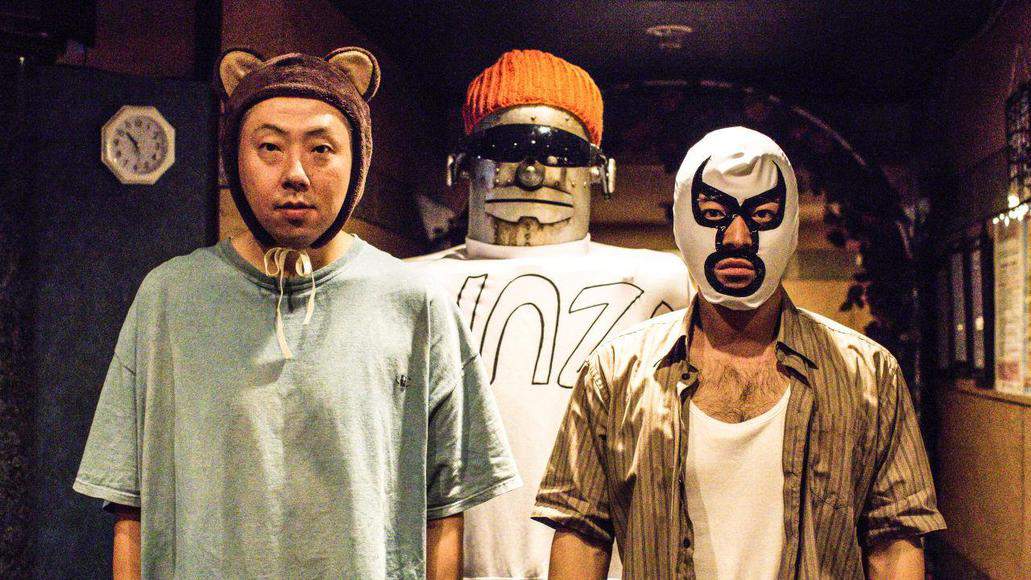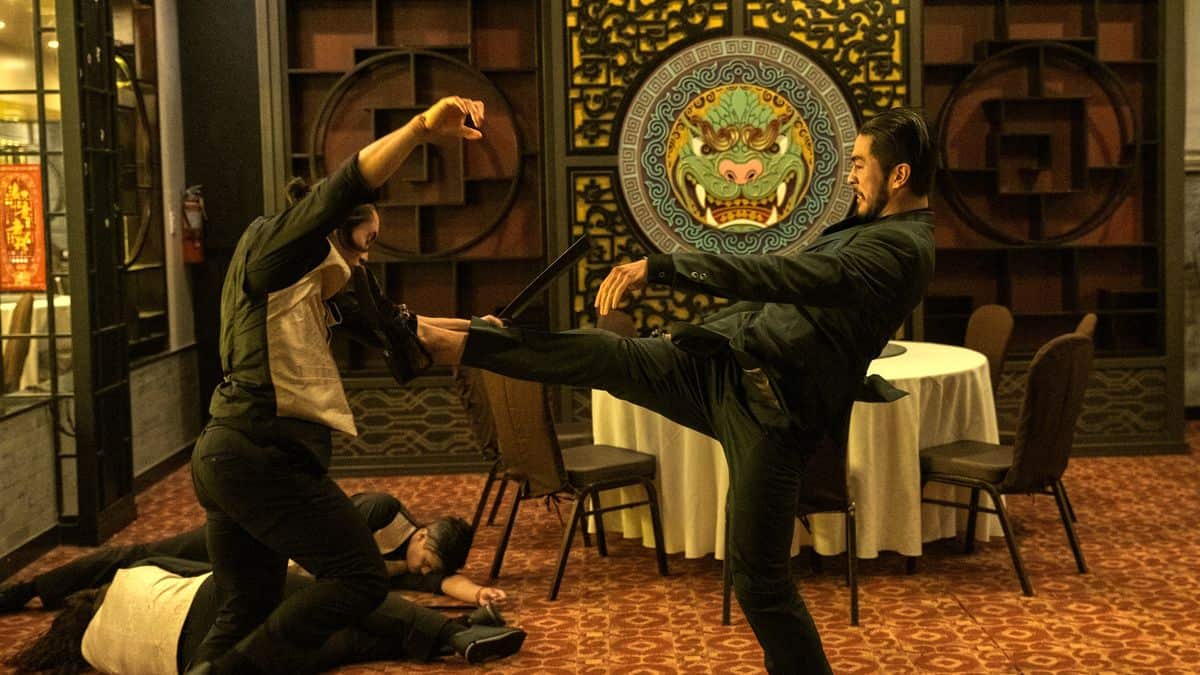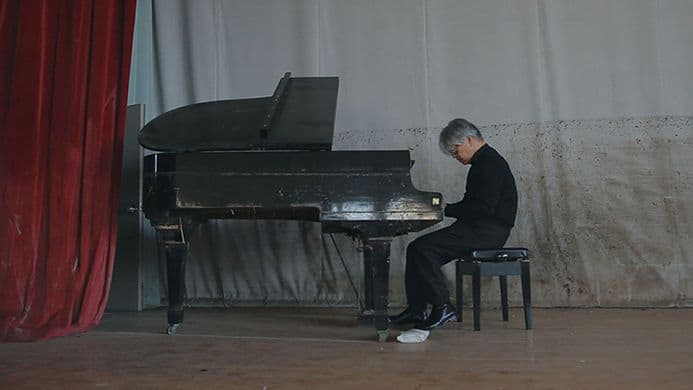translation by Lukasz Mankowski
Takahisa Zeze is a Japanese film director and screenwriter first known for his soft-core pornographic pink films of the 1990s. Along with fellow directors, Kazuhiro Sano, Toshiki Sato, and Hisayasu Sato, he is known as one of the “Four Heavenly Kings of Pink”. Eventually, he moves away from the particular industry, directing movies such as “Heaven Story” which took the Fipresci and NETPAC award in Berlin, and “The Chrysanthemum and the Guillotine”.
On the occasion of “In the Wake” screening at Toronto Japanese Film Festival, we speak with him about adapting Shichiri Nakayama's novel, the Fukushima disaster and its connection with social welfare, the main characters and the casting, his past and present in cinema, and his latest project
“In the Wake” screened at Toronto Japanese Film Festival

Why did you decide to adapt Shichiri Nakayama's novel “Mamorarenakatta Monotachi e”?
It all starts with the Great Tohoku Earthquake in 2011. I wanted to reflect on the social aspect of how the Japanese government offered public welfare to the survivors of the catastrophe and how the social welfare system worked in general at that time. I intended to capture all of that while offering the audience a genre-driven, mystery narrative which would also give some sense of entertainment. That was my main reason. I'm turning 62 this year, and the utter luck of my existence is that I had the privilege to live my life without the direct experience of the atrocity of war so far. However, among the difficult experiences that Japanese people went through in the past decades, I feel that one of the most severe ones was, without doubt, the Great Tohoku Earthquake. That's why I wanted to portray Japanese society in a way the social life of those who survived would entwine with the aftermath of an event of such tragic scale.
One of the film's main focuses is the aftermath of the Fukushima Disaster in connection with how Social Welfare handled the issues that arose for the ones who survived. What is your opinion of the particular topic and how did you experience the effect of the tsunami?
As you pointed out, one of the main concerns of the film is the depiction of those who survived 3.11 disaster. As for the nuclear disaster, I think I aimed to have the image of how the government, but also the whole country, managed to deal with the disaster – that's why I leaned toward the depiction of Social Welfare and how it affects people. Either way, there are many things that didn't turn well, right? As a result, so many people had to pay the price, so many had no choice but to become victims. With the sudden appearance of the earthquake, a natural wonder nonetheless, we could see that the government and the country don't cope well with such state of things. This in itself led to the dramatic notion of the whole story – another tragedy was born. I feel that those two tragedies have so much in common – our government not being able to deal with the reality, and the disastrous power of nature.
As a matter of fact, 5 months after the earthquake on 3.11, I paid a visit to a local shelter in one of the elementary schools in Ishinomaki, Miyagi prefecture. Staying there for about a week, I eventually got to help my friend with shooting a documentary about the aftermath of the disaster. In the film, we focused on the story of one older lady and an elementary school girl who lived together in the shelter. For the moment, they became a family although they were strangers to each other. Seeing that, I was urged to tell my story; this experience simply led to my film. I had a strong feeling that no matter how harsh the circumstances we go through, whether we're together or separate, the whole experience abounds in the whole variety of emotions, be that anger or joy, happiness or pathos.

Detective Tomashino and Tone are quite different people, but find themselves discovering that they have common ground. Why did you choose this approach for the main characters? Is it a comment on human nature essentially?
It's because Tomashino and Tone are also people who have survived the disaster in the same way. They're both experiencing the here-and-now while embracing the sense of loss – and it's something that I wanted to depict in the very last scene of the film and connect with these feelings. At the moment of the earthquake, Tomashino and Tone establish a connection, but it's one that happens in an indirect way – the culmination of that can be seen in the last scenes, when their souls can somehow find a spark they can both share and communicate through. In that sense, this connection might lead to the idea that human beings are fundamentally good.
How was your cooperation with Takeru Satoh, Hiroshi Abe and Kaya Kiyohara? In general, how was the casting process for the film like?
Between the shooting, during the standby moments, Satoh-san (who played Tone) was always elusive and seemed to strive for revenge for something; most of the time, he was either barely talking, whispering, or loitering without uttering a word. In regard to that, Abe-san kept even. I felt that no matter how good Satoh-san's performance was, Abe-san would just accept it as it was. I think they were a good match to each other as they had established a nice contrast between themselves. As for Kiyohara-san, I think she was put in a very difficult role – she would be very receptive to her surroundings and be careful with playing around with the spontaneous burst of her energy. At the time of shooting the film, she was only 19 years old, but she managed to open up with such maturity that it left me with quite a surprise. When I pre-planned roles for the film, I had decided to have Satoh-san in the film, then we picked up Abe-san and finally Kiyohara-san.
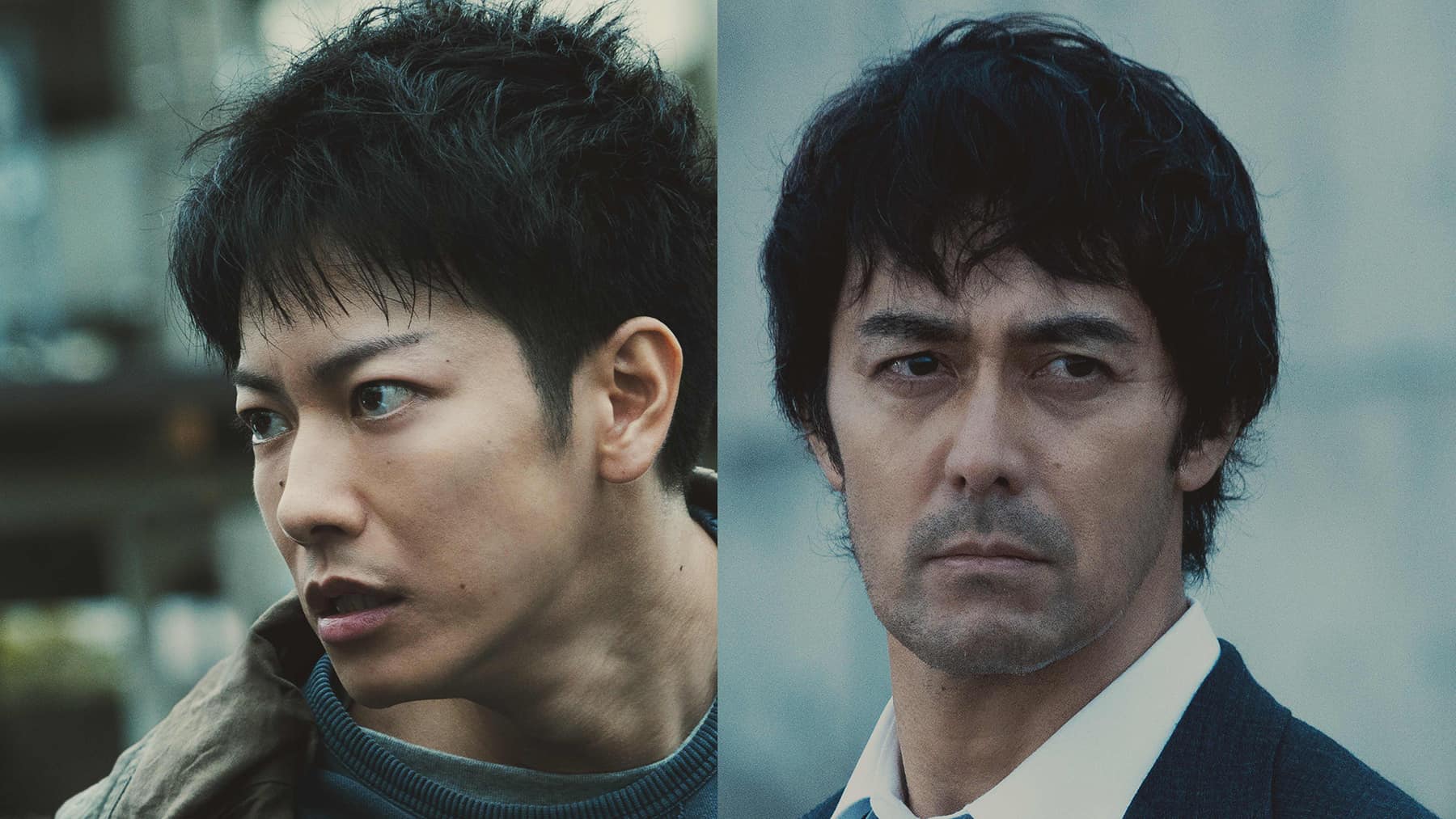
How was your cooperation with DP Atsuhiro Nabeshima and what was your purpose in the visual aspect of the movie?
I've worked together with Nabeshima-san a lot. He's a cameraman who's extremely skillful with staying close to the actors but also he has that something about picking up good things from them. This time around, he contributed to the film with a very skillful design of suspense and the film's layer of uncunninness. As for the general approach to the visual side of the film, in a way, it was vital to keep a cold perspective on several things. I felt that we needed a distinctive contrast: between the close-ups and wide shots in terms of how I want to depict the characters. The wide shots also enable to convey the landscape of Tohoku, and how the region strives for its revival. For that reason, we also aimed for telescope lenses. In other words, I was consciously looking for a cold-gaze, so that I could observe reality from the distance.
What is your opinion of the Japanese movie now, and what are the most significant changes you witnessed in it throughout your career? How do you feel you have changed?
I have a feeling that there's a strong tendency to make safe projects and the number of such films increase year by year. Accordingly to this, there are more films based on other works and there are less and less films based on original stories; there is clearly less margin for more risky, experimental work in the current situation. It's somewhat harsh, but I think I would love to have more ground for freedom and diversity. Since I started with pink films, at that time, pink movies were genre movies that I could freely make if there is a sex scene in the film. It was also that this type of films' production costs were extremely low. However, I find it as a milestone that I was able to detach myself from pink films and start working outside this industry. Then, I started to make something you could call ‘normal films', but then again, it was a huge success for me to accomplish such indie works like “Heaven's Story” (2010) or “The Chrysanthemum and the Guillotine” (2018). The spirit of these films include both freedom and diversity, and that is the way of working I really strive for.
Are you working on any new projects?
I finished shooting the film “Fragments of the Last Will” near the end of last year, which is now in the final post-production phase. It's a film set shortly after the end of World War II, and it's a story about Japanese people detained in the Soviet Union. It will premiere in Japan in December this year.





